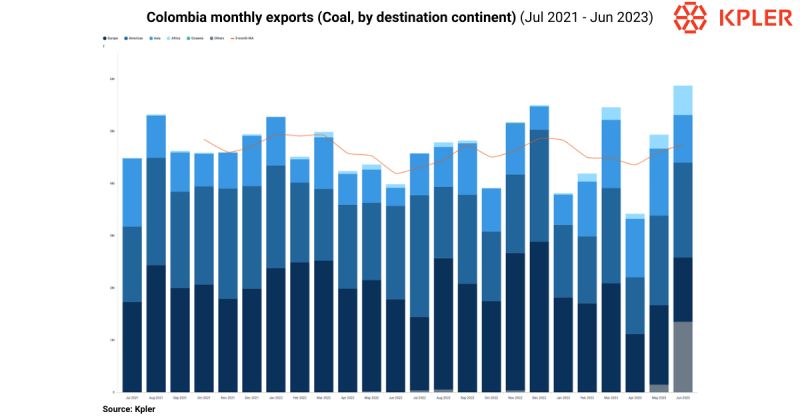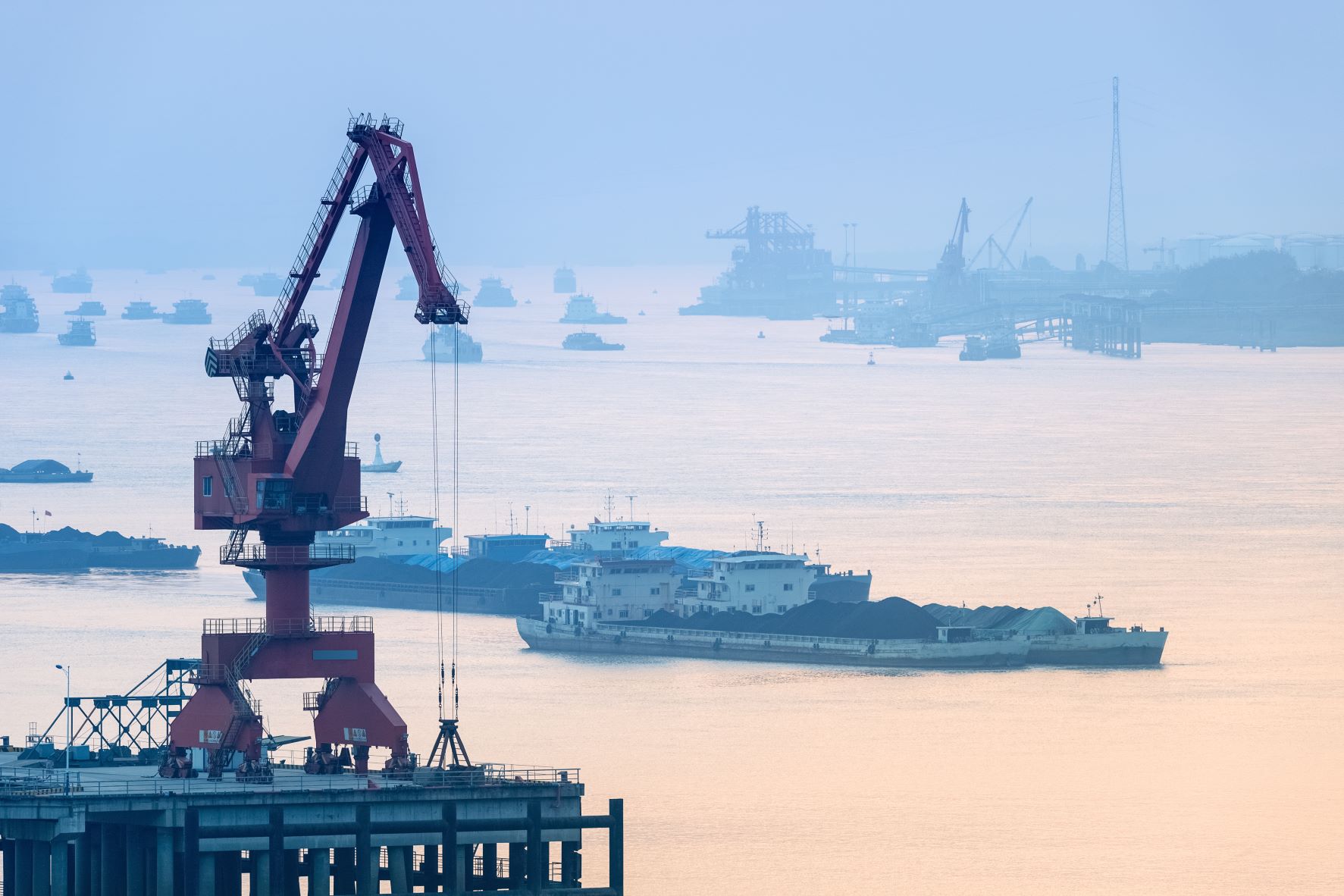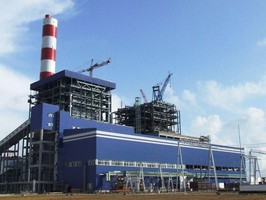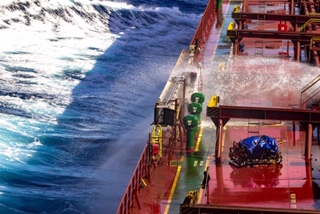
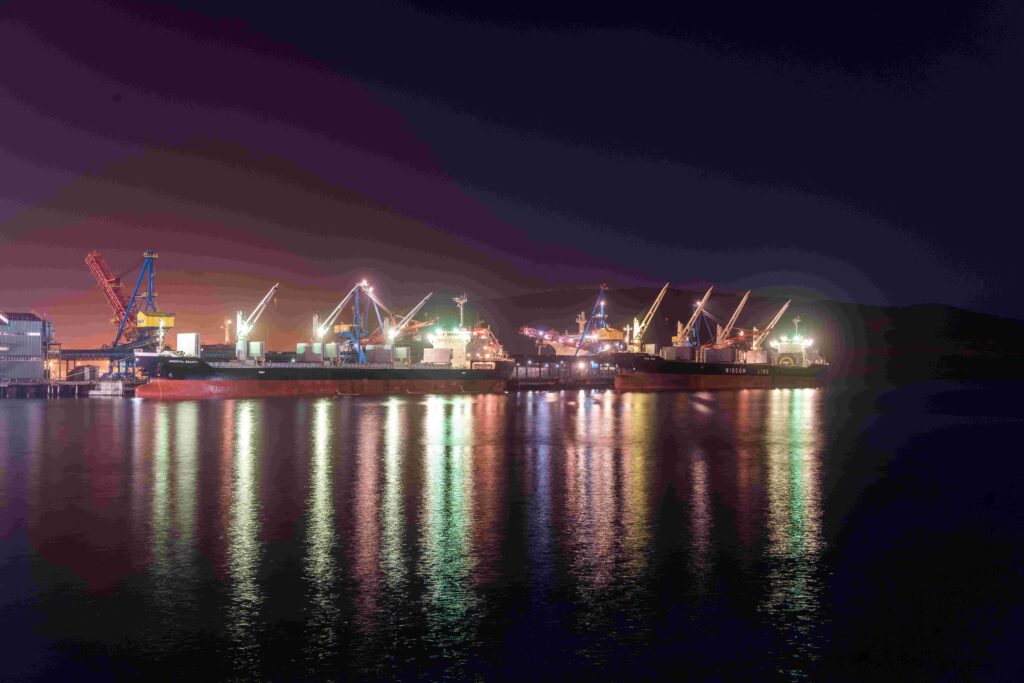
Over the past week, thermal coal indices on the European market plunged below 115 USD/t, pressured by lower consumption, as well as a significant reduction in gas prices, caused by the weakening of geopolitical tensions in the Middle East, which had previously supported the market.
US coal shipments, that could not be delivered through the port in Baltimore, due to the collapsed bridge, were diverted to Hampton Roads terminals, including Norfolk.
Gas quotations at the TTF hub corrected downward to 321 USD/1,000 m3 (-29 USD/1,000 m3 w-o-w) as the threat of escalation between Iran and Israel seems to have been lifted.
Coal stocks at ARA terminals totaled 5.6 mio t (-0.3 mio t or -5% w-o-w) mainly because of the re-export to Mediterranean countries and reduced supplies to European countries amid low demand.
South African High-CV 6,000 declined below 105 USD/t on weaker demand and lower prices in Europe as well as increased supply from South Africa, putting pressure on indices. Furthermore, some Indian sponge iron producers switched to Australian 5,500 coal owing to its competitive price, compared to South African material.
Railway operator Transnet announced the termination of a 5-year contract with a security organization, hired in August 2023, to ensure the safety of railway infrastructure. According to Transnet, the contractor failed to properly fulfill its obligations.
In China, spot prices for 5,500 NAR coal at the port of Qinhuangdao corrected slightly below 116 USD/t level, given low demand from power plants and industrial companies, which completed the restocking last week. Also, deliveries on the Daqin rail line are expected to rise after April 26, when maintenance is completed, with power plants and ports already seeing a build-up in inventories. Additional pressure on coal-fired generation comes from heavy rainfall in Southern China, contributing to increased hydro generation.
Inventories at 6 major coastal thermal power plants climbed 0.4 mio t to 13.9 mio t. Stocks at the 9 largest ports rose to 23.6 mio t (+1.2 mio t w-o-w).
Indonesian 5,900 GAR lost 1 USD/t to 89 USD/t on low activity from Indian and Chinese consumers.
Bumi Resources, Indonesia’s largest coal company, reported a drop in Q1 2024 earnings despite higher sales. Consequently, earnings amounted to 22.1 mio USD (-62 mio USD or -74% vs. Q1 2023).
Australian High-CV 6,000 surged to almost 135 USD/t, following stronger demand from Indian sponge iron producers as well as potential production cuts, stemming from the upcoming completion of El Nino phenomenon, after which Australia could be hit by adverse weather conditions, including heavy rains and storms.
Australian HCC metallurgical coal quotations plummeted to 245 USD/t, resulting from reduced demand and higher supply. Australia’s Anglo American reported a rise in metallurgical coal extraction in Queensland for Q1 2024 to 3.8 mio t (+0.3 mio t or +7% vs. Q1 2023), driven by growing output at the Aquila mine and Capcoal open-pit mine. However, the company maintains its production forecast for 2024 unchanged at 15-17 mio t.
Chinese steelmaker Beijing Shougang Co., Ltd. announced it plans to cut steel production by 6% to 21.6 mio t in 2024 in response to weak demand and tougher competition.
Two major Asian steelmakers, South Korea’s POSCO and Japan’s Nippon Steel, agreed with Australia’s Foxleigh on a Q1 2024 benchmark for LV PCI material at 221 USD/t FOB (-8 USD/t vs. Q4 2023).
Source: CAA










